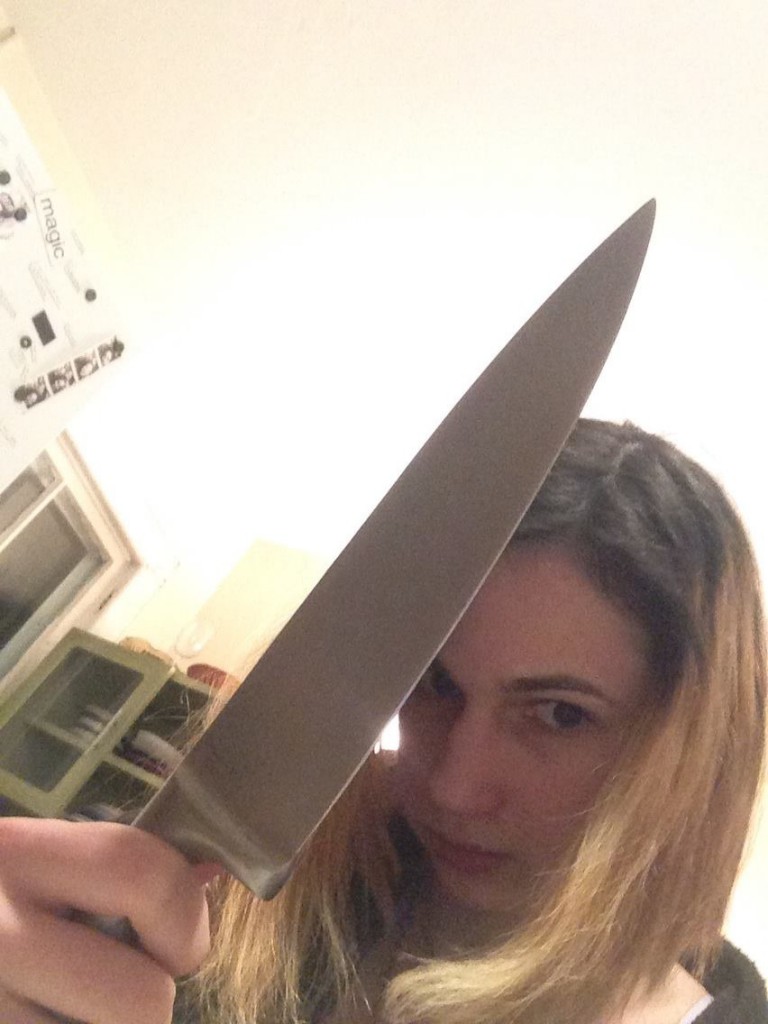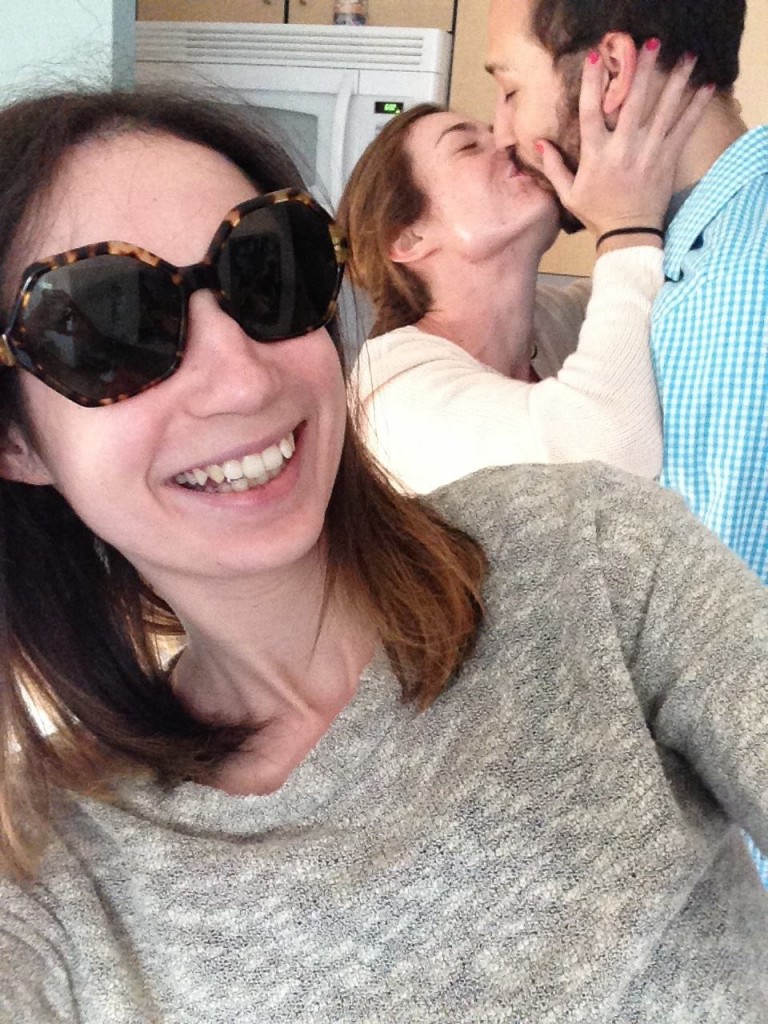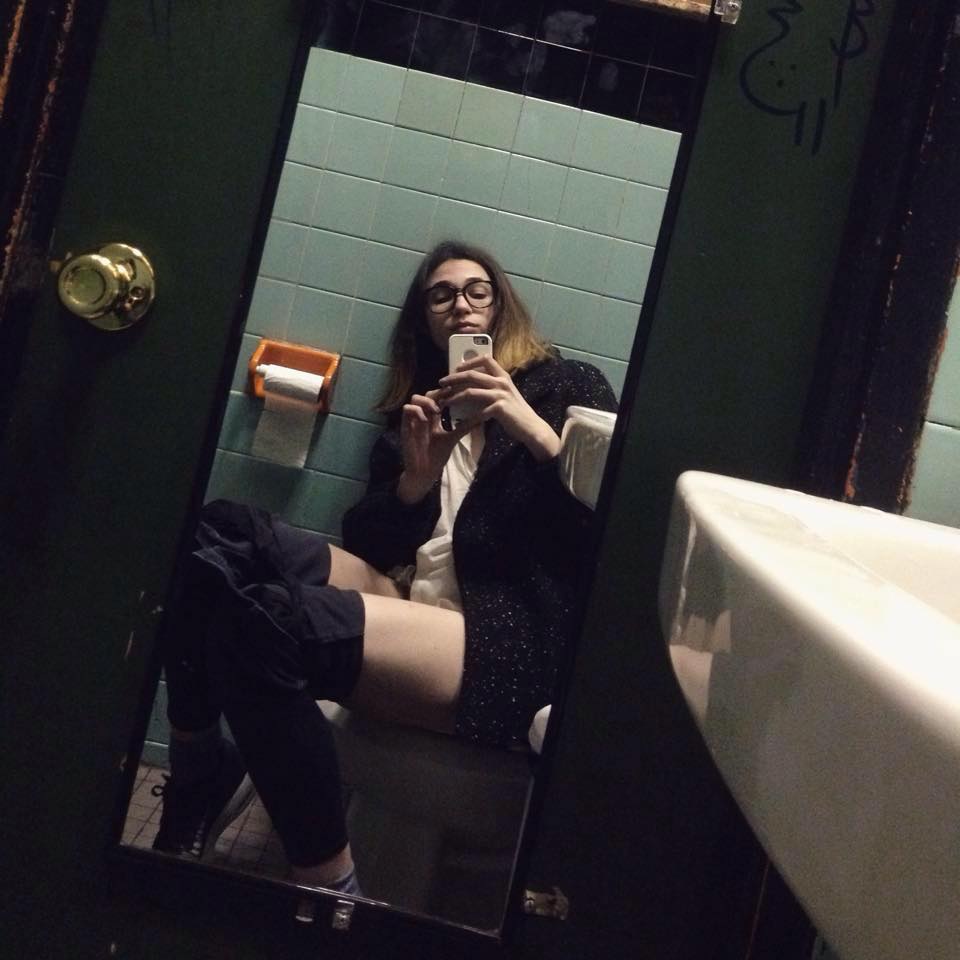If you’re constantly suffering, how can you make art that thoughtfully reflects on suffering? To make art that is personal, good, and potentially curative, you, my dear artist, need to forgive yourself for being the way you are. You could self-examine, which means you need emotional distance and a sense of humor about yourself. But not a posture like “ha-ha-look-how-fucked-everything-is”; that’s not true self-reflection, just an almost sociopathic coping mechanism.
Writing this reminds me of my most tortured, least interesting self: when I was addicted to drugs, and when I had yet to begin the long journey of treating my clinical depression. Whenever I chronicle my personal history with depression, it always feels necessary to state that my story isn’t unique. I haven’t suffered as deeply as others have. But the anguish still felt very real and is hopefully relatable.
The myth of the tortured artist is deeply embedded in our cultural consciousness. Would Van Gogh be one of the most famous artists ever without all the stories surrounding his life? Dostoyevsky writes, “Pain and suffering are always inevitable for a large intelligence and a deep heart.”[1] I don’t disagree with this, but the idea that pain and intelligence are tangled up with one another can be dangerous, especially when you’re a young, depressed artist.
Furthermore, our culture idealizes and capitalizes on the tortured artist. Take the tragic suicide of David Foster Wallace. Posthumously we’ve reconfigured the way we interpret his oeuvre. It has become charmingly tragic: Wallace was so crippled by the pain and clarity of reality that he cut his life short. Although he was revered during his lifetime, his death canonized his work.
The Tortured Artist model is unsustainable for any working artist who wants to live. Shane McAdams writes in an essay, “[Today’s artists] learn art history, theory, and how to present and write about their work. They aren’t visionaries, just creative people, making wonderfully physical—not metaphysical—things that should be admired.”[2] Still, I had to become a tortured artist before I figured out how counterproductive it was, and so I present:
THE TORTURED ARTIST’S GUIDE TO HAPPINESS
I. DEPRESSION
The depressed artist makes sad art, treats her body like garbage, and most likely smokes cigarettes; total embodiment is necessary. The depressed artist is in love with her depression but hates herself.
In Prozac Nation, Elizabeth Wurtzel writes, “I thought depression was the part of my character that made me worthwhile. I thought so little of myself, felt that I had such scant offerings to give the world, that the one thing that justified my existence at all was my agony.”[3]
Here’s the best way for the artist to capitalize on her angst while still indulging in it: wrap it neatly in a good anecdote, painting, or poem that flatly conveys her eternal suffering without actually reflecting on it; that way, it’s not threatening to her sense of self or her audience.
That describes me at eighteen years old, gushing to my sister about my love for Francis Bacon, about the beauty and the pain that emanates from his work. She turned to me and said, accusingly, “Eve, do you know what your problem is?”
God, where do we even begin?
“You think you need to be some tortured artist if you want to make good work.” She paused.
“Well, you’re wrong. You don’t.”
I briefly protested but gave up. I didn’t have the emotional energy.
I have been depressed since I hit puberty. I didn’t receive the official diagnosis of major depressive disorder and general anxiety disorder until I was nineteen and had a drug-related mental break. During those years, I continually searched for some way I could escape the unbearable pain of my existence. Happiness was never part of the equation; instead I was plagued with fantasies of suicide and mental hospitals.
II. ADDICTION
I am the dead girl who has somehow managed to stay alive; that is me. The details aren’t important. You know an addict when you meet one. Our stories all involve near-death situations that we somehow lived through, and we tell them like they are badges of honor, evidence that we survived. Once we’re off drugs, we can only relive the thrill through storytelling, romanticizing addiction until we talk to another addict who reminds us that we were miserable. How easily we forget.
Like Wurtzel, young depressed artists use their pain to define themselves because pain is interesting in an accessible way. The problem is that while suffering is indeed interesting, it can be self-indulgent, especially for young artists from upper-middle-class backgrounds. The bourgeois artist views depression and addiction as diseases of the mind and body, and it is a privilege to get this concrete diagnosis of pain. The problem with the young artist making work about her depression is that it devolves into an exercise in self-pity.
III. REDEMPTION
In my experience, part of growing up is becoming less depressed. When I finally found the right antidepressants—shoutout to Wellbutrin and Cymbalta!—and found a good therapist, my writing changed. All depressed creative people have this fear: my art will suck when I get better. That’s baloney! Now I am okay with things that are lighthearted and funny; moreover, making things no longer exclusively causes me existential angst. The happy artist doesn’t have to make art about happy things; rather, she can use her past pain to express empathy, not self-pity, in her work.
The secret to happiness—or to saving yourself from drowning in your own self-pity—is not taking yourself too seriously. While I deeply care about the quality of my work, I understand that I am not my work. This allows me to be wacky, to judge myself less harshly, and to write tweets like this:
What if we pinched each other’s butts instead of shaking hands
— baby genius (@evepeyser) December 21, 2014
————–
[1] Fyodor Dostoyevsky, Crime and Punishment: A Novel in Six Parts and an Epilogue, trans. C. Garnett (New York: P. F. Collier & Son, 1917), 136.
[2] Shane McAdams, “The Myth of the Tortured Artist,” The Daily Beast, January 4, 2014, https://www.thedailybeast.com/articles/2014/01/04/the-myth-of-the-tortured-artist.html.
[3] Elizabeth Wurtzel, Prozac Nation: Young and Depressed in America (New York: Riverhead, 2000), 326.







Pingback: Daily Dot reporter matches Drug CEO Martin Shkreli on Tinder | Fusion
Pingback: What I Learned From Posting About My Mental Illness on Social Media | Forevervogue